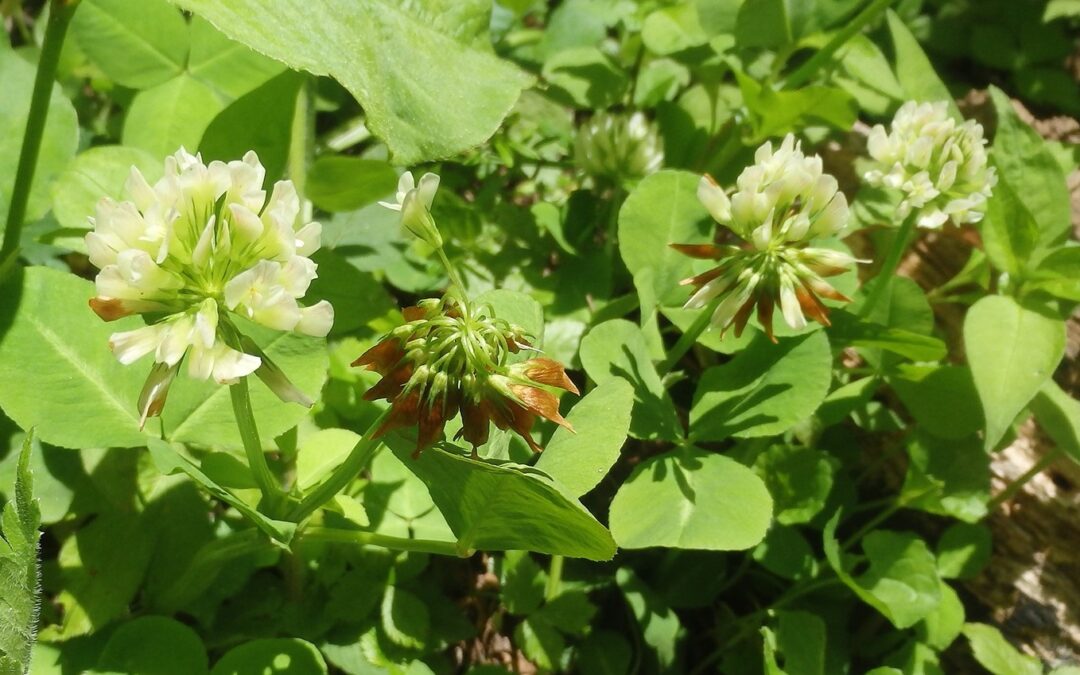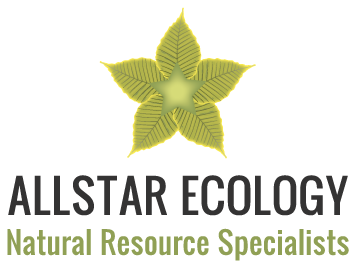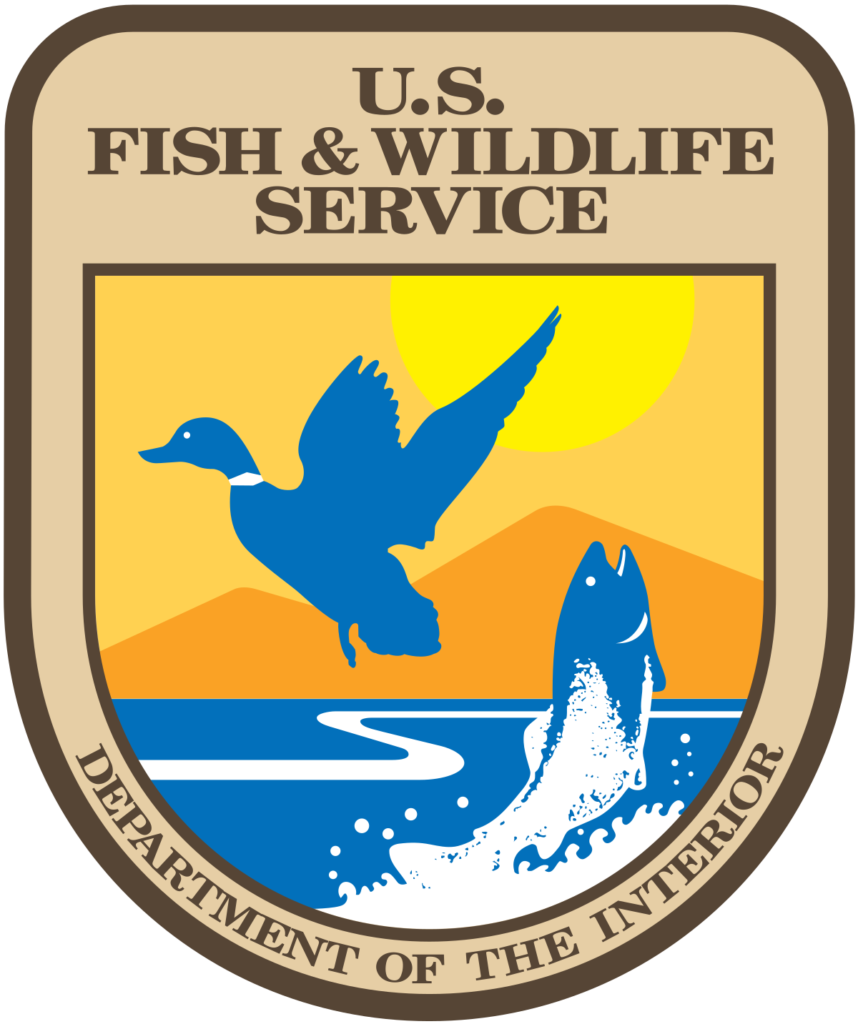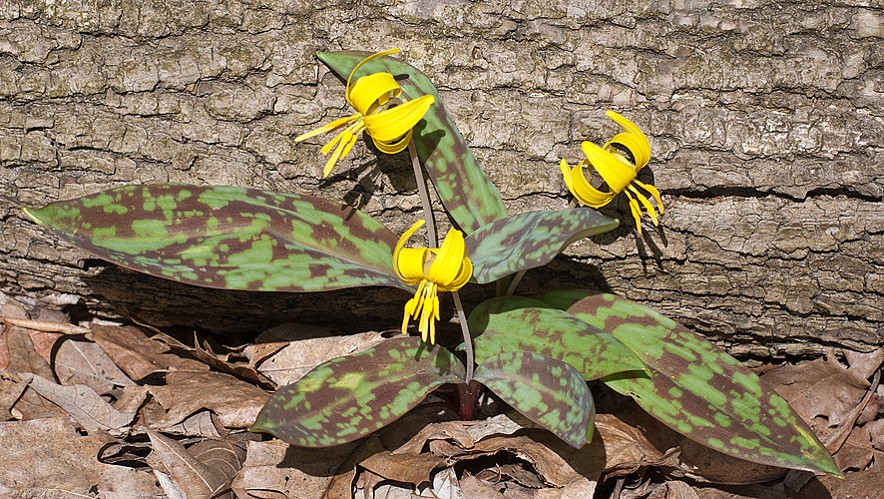
Running Buffalo Clover Status: Recovered
Good News!
Exciting news in the botany world! The U.S. Fish and Wildlife Service (USFWS) is removing Endangered Species Act (ESA) protections for running buffalo clover (RBC) (Trifolium stoloniferum). Recently, they have determined that the species has recovered and no longer faces the threat of extinction. The final rule removing RBC from the federal list will become effective on September 6, 2021. RBC was previously listed as endangered, with a global rank of G3 (Vulnerable) and a WV state rank of S3 (Vulnerable).
Some Background on Running Buffalo Clover
RBC is found in WV in rich soils, usually of limestone origin. The species prefers occasional disturbance, partially open areas, and calcareous geological associations. RBC was named for the stolons (runners) by which it spreads. Historically, RBC was found in habitats which were maintained by bison. It is now found in other disturbed habitat types, such as old log roads, ATV trails, pastures, game trails, road edges, forest gaps, and forest edges. It prefers dappled sunlight and is not usually found in full shade or full sun.
Recovery Efforts
RBC was thought to be extinct prior to 1983, when a single population was discovered in WV. The species was listed as endangered in 1987. Since it was listed as endangered, 175 populations have been found throughout Indiana, Kentucky, Missouri, Ohio, Pennsylvania, and West Virginia. Contributing causes for the drop in population include competition from invasives such as bluegrass and white clover and loss of suitable habitat. Oddly enough, the recovery of RBC may have been helped by the loss of some trees to the Emerald Ash Borer which gave rise to new plantings. Managing illegal use of off-road vehicles also prevented habitat from extreme disturbance. Other research objectives outlined in the US Fish and Wildlife Service recovery plan helped increase understanding of RBC to more effectively implent recovery strategies.
Doing Our Part
ASE botanists have been conducting RBC surveys throughout WV for over ten years. During these surveys, ASE botanists have located an estimated 300,000 plants in WV. ASE has worked with clients to avoid, minimize, and mitigate impacts to the species. As part of this process, ASE has also developed a conservation site in Pocahontas County, WV to conserve and promote the species. ASE botanists conduct annual monitoring at the conservation site, as well as active management for the species, including habitat enhancement and invasive species control. ASE is excited to be part of the conservation and recovery of RBC in WV.


